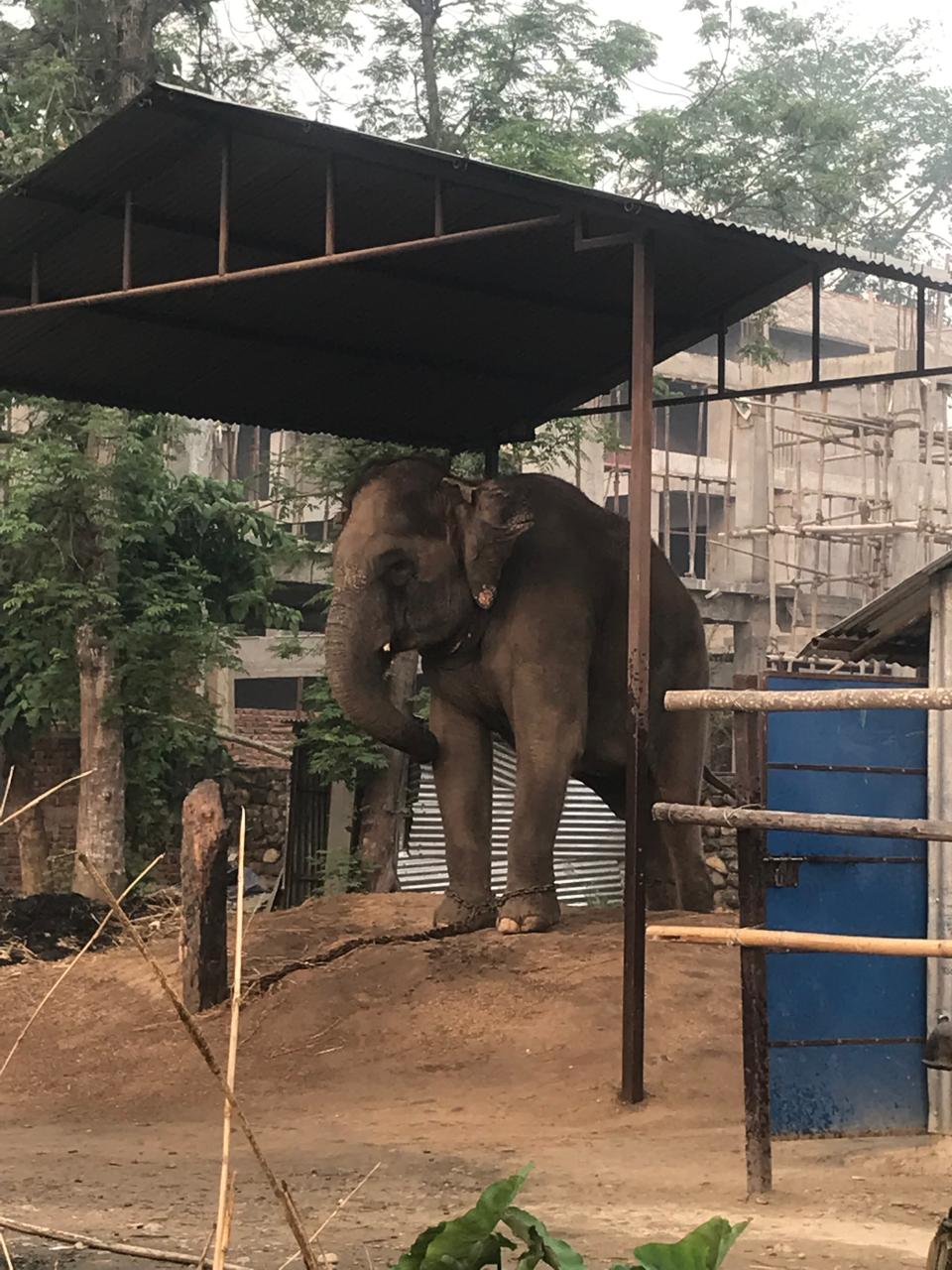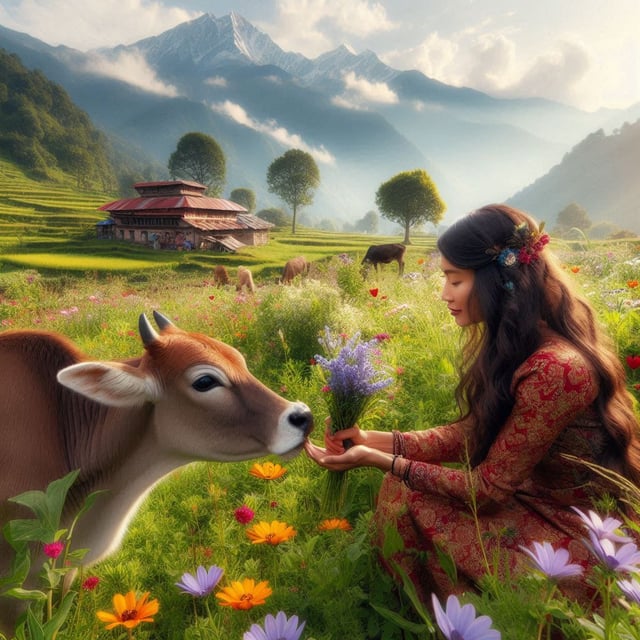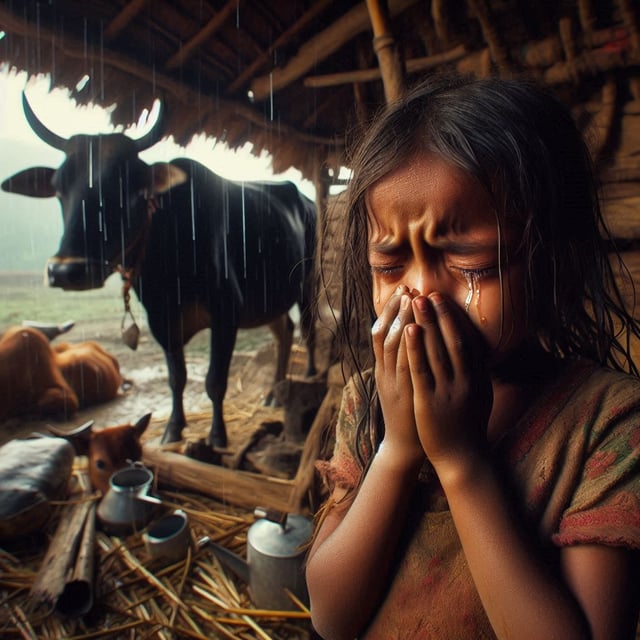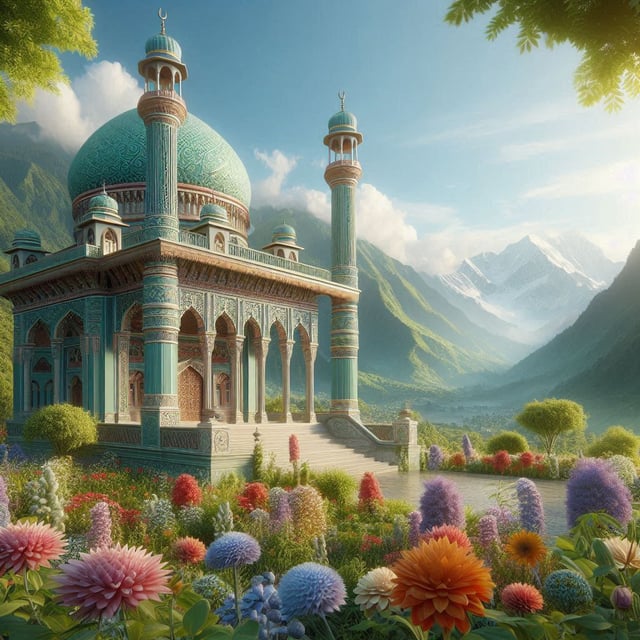Part II: The Nepali Elephants

The elephant ivory trade has thousands of years of history; elephant ivory has been used from luxury goods to Chinese medicine. There are various splendid sculptures with historical significance made from ivory.
Ivory was imported to Nepal from India, and this market collapsed in 2001. Nepal generally does not have a much detailed story other ivory trade but the real story of the elephant goes on riding the elephant and the sale of the animal.
Elephants are powerful animals. As a result, it is very difficult to tame them. Therefore, mahout uses a gruesome process of taming the elephants by beating them to make them submissive. Through constant torture and pressure, the animal suffers a lifetime fear of mahouts.
The profession of managing elephants remains risky because if the elephants get angry, it is able to throw the mahout from its back.
The human riding the elephant leads to spinal injury, which can cause excruciating pain to elephants. These have caused a rising voice against the elephant riding culture.
Many high-profile operators have stopped elephant rides. There has also been a decrease in elephant rides as humans intend to find more humane treatment of elephants.
However, the story of the domesticated elephant only becomes more complicated with this scenario, especially after the COVID-19 outbreak.
There are 100 private captive elephants in Sauraha and elephants tourism came to a standstill in 2020 after the pandemic.
The condition made it extremely difficult for owners of elephants to keep supporting the giant animal as a result it increased the tendency of animal smuggling.
In 2022, Area Police Office Pokhariya detained three people who were smuggling elephants from Sauraha, Nepal to India.
One of the smugglers- Alam bought elephants from Chitwan kept them in Parsa and searched for a suitable time to cross the border. These people have domesticated elephants without permission.
The elephants are traded for around Rs. 1-3 million in India. Trading elephants is banned by CITIES (the Convention on International Trade in Endangered Species of Wild Fauna and Flora) and the National Parks and Wildlife Conservation Act 1973.
The captive elephants sold to India are generally old and diseased. Elephants are used in various temples and religious functions such as weddings in India.
The exploitation of elephants is a sad but complex story.
Author
Kripendra Amatya
Editor
Dana Moyal Kolevzon, Director of International Relations, Nepa~laya Productions
Published Date
January 1, 1970



